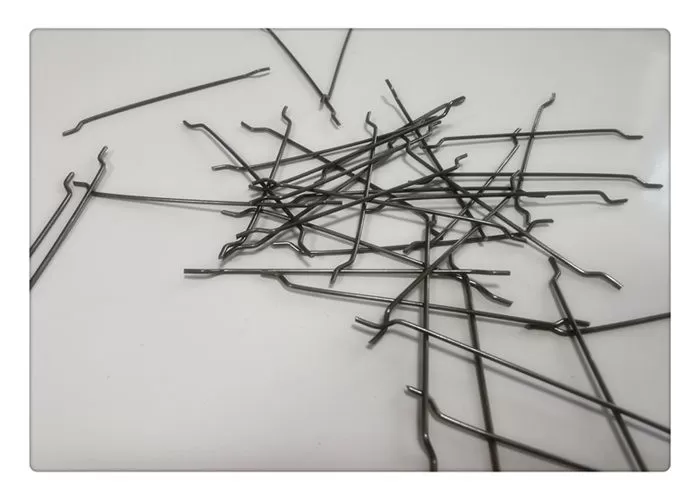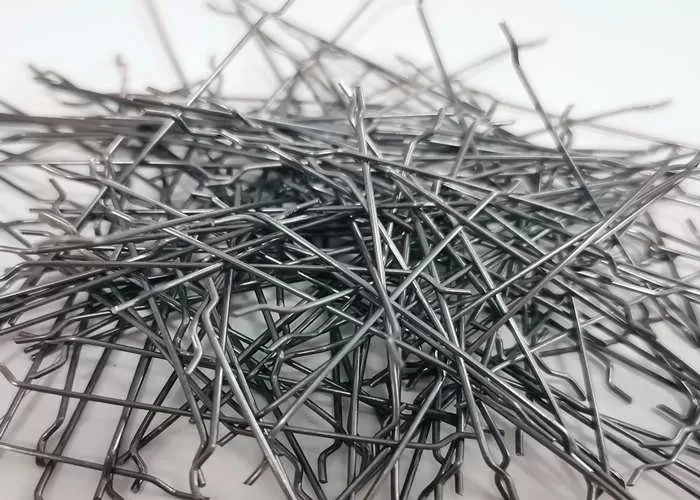With its ability to enhance concrete strength, durability, and crack resistance, loose hooked end steel fiber is a valuable addition to various construction projects. By understanding its characteristics, installation methods, and performance advantages, you can optimize your concrete structures and achieve superior results in applications such as industrial flooring, precast elements, shotcrete, and tunnel linings.
The Benefits of Loose Hooked End Steel Fiber
Loose hooked end steel fiber offers the following benefits:
- Enhanced Strength: The incorporation of loose hooked end steel fiber improves the tensile and flexural strength of concrete, increasing its resistance to cracking and improving overall structural integrity.
- Crack Control: By distributing the load and providing crack-arresting properties, loose hooked end steel fiber helps control and minimize the formation and propagation of cracks in concrete.
- Durability: The addition of loose hooked end steel fiber improves the resistance of concrete to impact, abrasion, and fatigue, resulting in longer-lasting and more durable structures.
Applications of Loose Hooked End Steel Fiber
Loose hooked end steel fiber finds applications in various construction projects, including:
- Industrial Flooring: Loose hooked end steel fiber is commonly used in industrial flooring systems to enhance load-bearing capacity, reduce joint spacing, and improve resistance to heavy traffic and dynamic loads.
- Precast Elements: The addition of loose hooked end steel fiber in precast elements, such as beams, columns, and panels, improves their structural performance, allowing for longer spans and reducing the need for additional reinforcement.
- Shotcrete: Loose hooked end steel fiber is utilized in shotcrete applications, providing increased ductility, crack resistance, and impact resistance in tunnel linings, slope stabilization, and underground constructions.
Installation and Performance of Loose Hooked End Steel Fiber
Consider the following aspects for the installation and performance of loose hooked end steel fiber:
- Fiber Dosage: Determine the appropriate fiber dosage based on the desired concrete properties and project requirements. The dosage is typically specified in terms of fiber volume or weight per unit volume of concrete.
- Mixing and Dispersion: During concrete mixing, ensure proper dispersion of the loose hooked end steel fiber to achieve uniform distribution and optimal reinforcement throughout the concrete matrix.
- Testing and Quality Control: Implement quality control measures to verify the performance of the concrete with loose hooked end steel fiber, including testing for compressive strength, flexural strength, and crack resistance.

Conclusion:
Loose hooked end steel fiber offers significant benefits in terms of enhancing concrete strength, crack control, and durability. Its applications range from industrial flooring to precast elements and shotcrete. By understanding the features, advantages, and installation practices highlighted in this guide, you can optimize your concrete structures and achieve superior performance in various construction projects. Loose hooked end steel fiber provides a reliable and cost-effective solution for reinforcing concrete, resulting in stronger, more durable, and crack-resistant structures.
